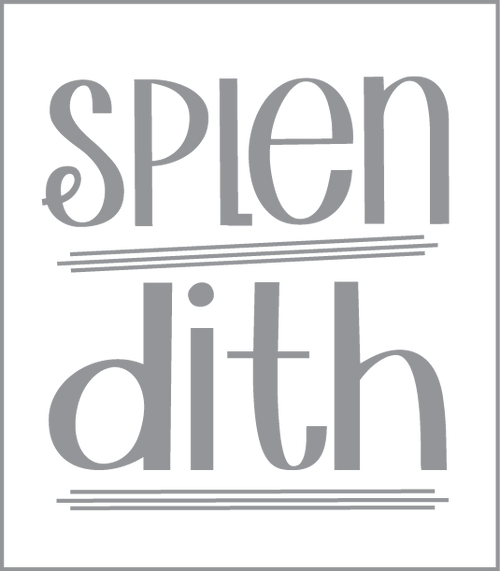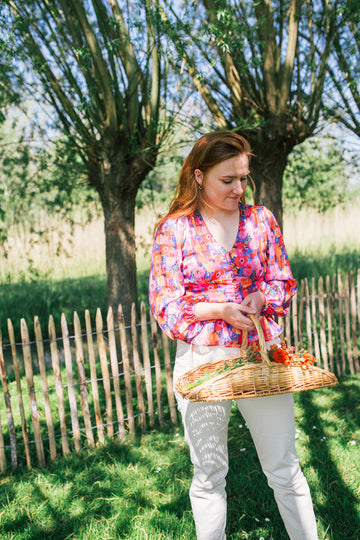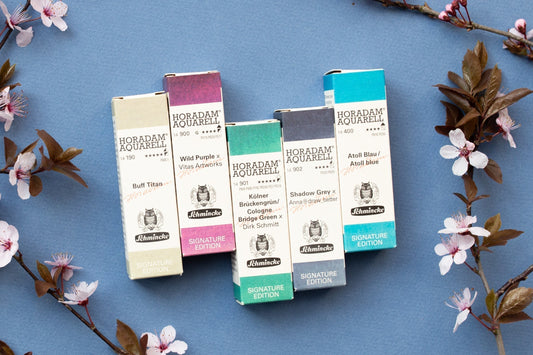Zoals altijd ben ik opzoek naar de beste materialen. Penselen van echte dierenharen worden bijna altijd aangeraden als beste kwaliteit. Zo ken je misschien wel de Kolinsky brushes, voor aquarel is dat de go-to toch?
De steel was FSC gecertificeerd, maar de penseelharen?
Op de Rembrandt penselen die ik verkocht stond heel mooi een FSC logo voor het heft van het penseel. In eerste instantie dacht ik, dat is een goed idee en meteen daarna: 'waar is het certificaat voor de haren?'. Over de penseelharen die in het penseel werden gebruikt, daar was niets over te vinden. Het is toch vreemd dat je wel een certificaat op hout doet en dat er dieren worden gebruikt voor de haren, zonder dat hier iets over is te vinden?
Daarom ging ik op zoek naar de herkomst van de haren en hoe de haren voor penselen worden verkregen. Eerst dacht ik nog op te zoeken wat voor certificaten er voor penseelharen beschikbaar waren. Ik heb er een aantal uren aan besteed om meerdere kanten van de industrie te onderzoeken. Na die ochtend heb ik nooit meer penselen van dierenharen ingekocht.
Misschien ben ik hypocriet voor het wel af en toe eten van vlees en dragen van leren schoenen. Dat houdt niet in dat ik niet probeer weinig vlees te eten en minder schoenen probeer te kopen. Omdat voor aquarelpenselen een dier specifiek wordt gedood voor de penselen, houdt me tegen om ze te verkopen. Sommige penselen, zoals met varkens- of koeienharen, worden 'gelukkig' wel van restproducten gemaakt. Omdat er zoveel prachtige synthetische alternatieven zijn, maak ik daar graag een verschil in.
Je moet uiteraard zelf kiezen met welke penselen je werkt. Omdat ik zelf schrok van de markt, wil ik je er alleen bewust van maken.
1. Dieren worden speciaal gedood voor penselen
Helaas werden Kolinksy’s en Sables (marters) altijd al gevangen en gedood voor hun vacht. Vroeger werden er veel bontjassen gemaakt van deze vachtjes. Er werden toen penselen gemaakt van de restanten van de dierenvachten die niet werden gebruikt voor de bontjassen. Gelukkig worden bontjassen tegenwoordig een stuk minder gedragen voor de sier. Nu er zoveel minder bontjassen worden gedragen, zijn er niet meer zulke restanten beschikbaar en worden de dieren alleen gedood voor de penselen. Alleen de staart wordt gebruikt en de rest wordt weggegooid. Er komen al hogere accijnzen op de vachtjes, maar blijkbaar is dat nog niet genoeg. Daarnaast worden de beste kwaliteit haren alleen van mannenharen gemaakt.
2. Er zijn dieren uitgestorven voor hun vacht
Vroeger kon je grijze eekhoornharen penselen kopen, deze penselen waren super populair omdat de haren zo zacht waren. Ze werden bij massa gevangen en gebruikt voor penselen, ook voor cosmetisch gebruik, dus als make-up kwasten. Helaas is de grijze eekhoorn hierdoor helemaal uitgestorven.
Kolinsky's en Marters zijn geplaatst op de lijst van bedreigde soorten, maar wel met een relatief lage bedreigingsfactor. De VS heeft al een importverbod op Kolinsky en Sable penselen.
3. De penselenmarkt is ondoorzichtig
Omdat er nog steeds weinig toezicht is op de vangst en doorverkoop is het lastig om te weten in welke omstandigheden de dieren zijn gevangen. De Siberian Weasel wordt meestal Kolinsky genoemd. De weasel leeft in Siberia, China en sommige andere delen van Azië. Kolinky’s doen het niet goed in gevangenschap en worden daardoor altijd uit de natuur gevangen. Soms worden de dieren gevangen en daarna opgesloten in koude omstandigheden, zodat hun haren de juiste dikte krijgen. Of ze worden gevangen in vallen, meestal ’s nachts en zijn dan ’s ochtends doodgevroren. Wanneer ze in warmere klimaten worden gefokt, hebben ze namelijk te fijne haren.
Niet zo'n mooi verhaal deze keer. Doe alsjeblieft niet in één keer je dierlijke penselen weg, maar denk bewust na als je een nieuw penseel aanschaft :).
Liefs,
Judith





